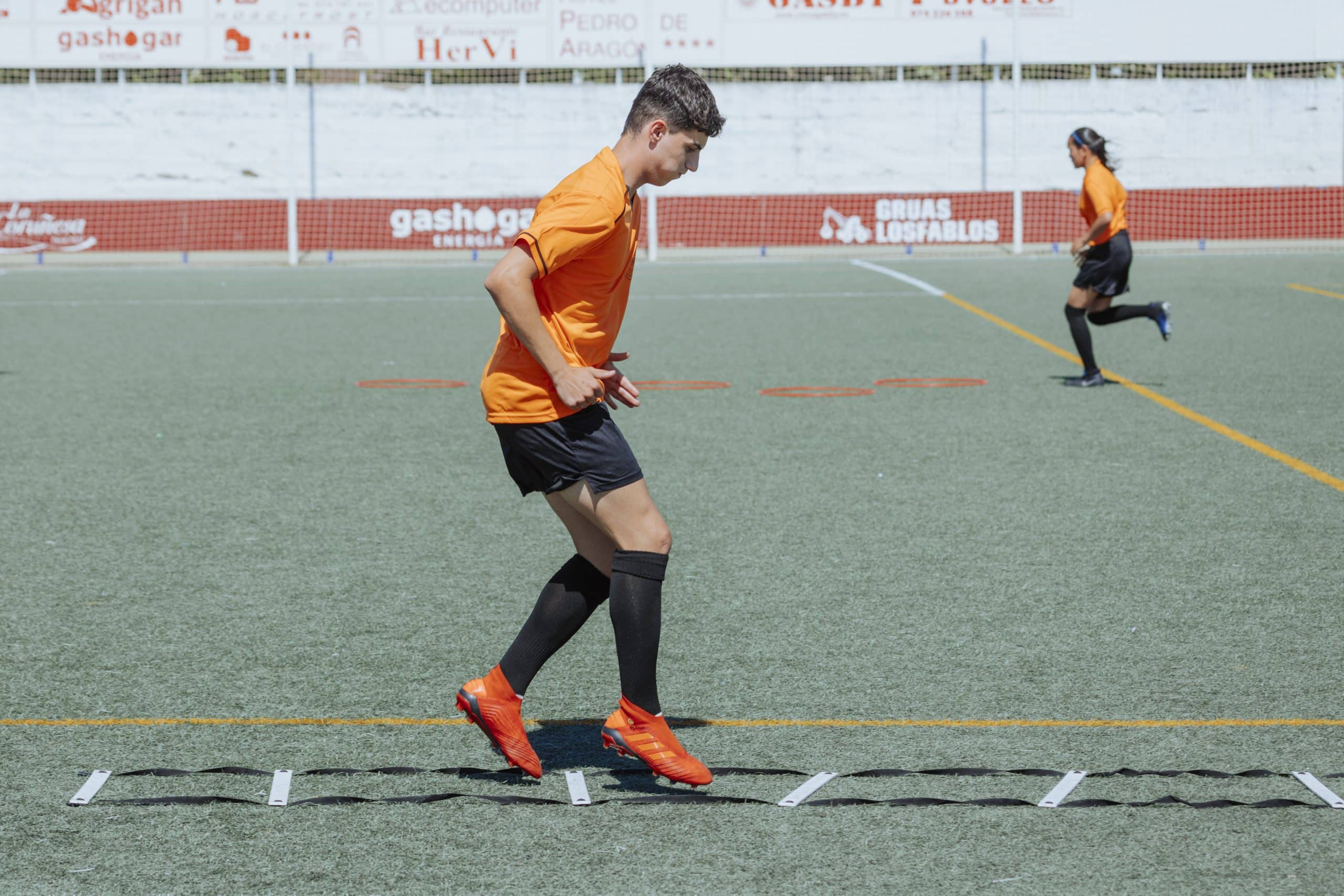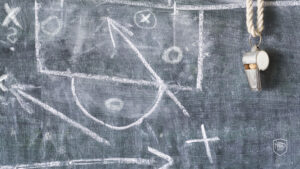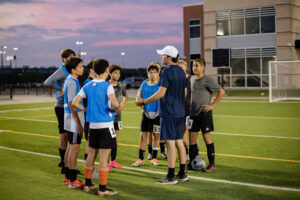Coordination training in youth football or, in other words, the development of the coordinating structure at early ages, is basic to be able to correctly execute everything that the player decides to do in the field.
The work and development of the coordinating structure of young players who practice football is an indispensable element to improve and enjoy this beautiful sport, because, without a minimum control of the skills required during the practice it is very difficult to generate intrinsic motivation to continue .
In MBP we believe in the training of intelligent players and to understand what type of content is important we rely on the information processing model of Smith (1976), which states that each action of the player in the field passes through 3 moments:
- Perceptual mechanism (the player collects information)
- Decision-making mechanism (decides how to act based on experiences and knowledge)
- Executing mechanism (coordinative capacity, execution of the action). The latter is where we put the focus on today’s post, and of course it is essential to succeed in those actions that players have perceived and decided to do during the game.
It is believed that the ability to develop coordinative skills never disappears, but it is true that the most sensitive stage to this type of improvement is at early ages, when the motor schemes are developed through the player’s interaction with the environment.
Therefore, since the child begins to stand and move on his own he is already developing his coordinative skills through movement and discovery.

What is coordination?
Coordination is understood as the player’s ability to relate to his own body through movement and the ball. We have two types of skills, basic and specific motor skills (Riera, 2001)
Basic Motor Skills
Are all those skills related to the player’s own body, and that appear during the game, such as:
- Frontal / lateral / backward movements.
- Jumps
- Supports
- Changes of direction
- Snatched
- Braking
- Etc.
Specific Motor Skills
Are all those relating to the relationship of the body with the ball. Therefore, they are those actions related to the technical part of the situations of the game with the ball. We must bear in mind that all these actions also have their tactical part, which we will not cover during the coordination work. Some examples are:
- Passing
- Shooting
- Control the ball
- Dribbling
- Beat an opponent
- Heading
- Etc.
How do we train this kind of skills?
At MBP, we always work these skills through coordinating circuits and through general and specific football games.
The characteristics of this type of tasks is basically a high percentage of participation and repetition of the technical action to be developed in a controlled manner, always with the help of the corrections in the execution of each of the concepts. The more times the player repeats the action in more different and variable environments, the greater the motor learning.







